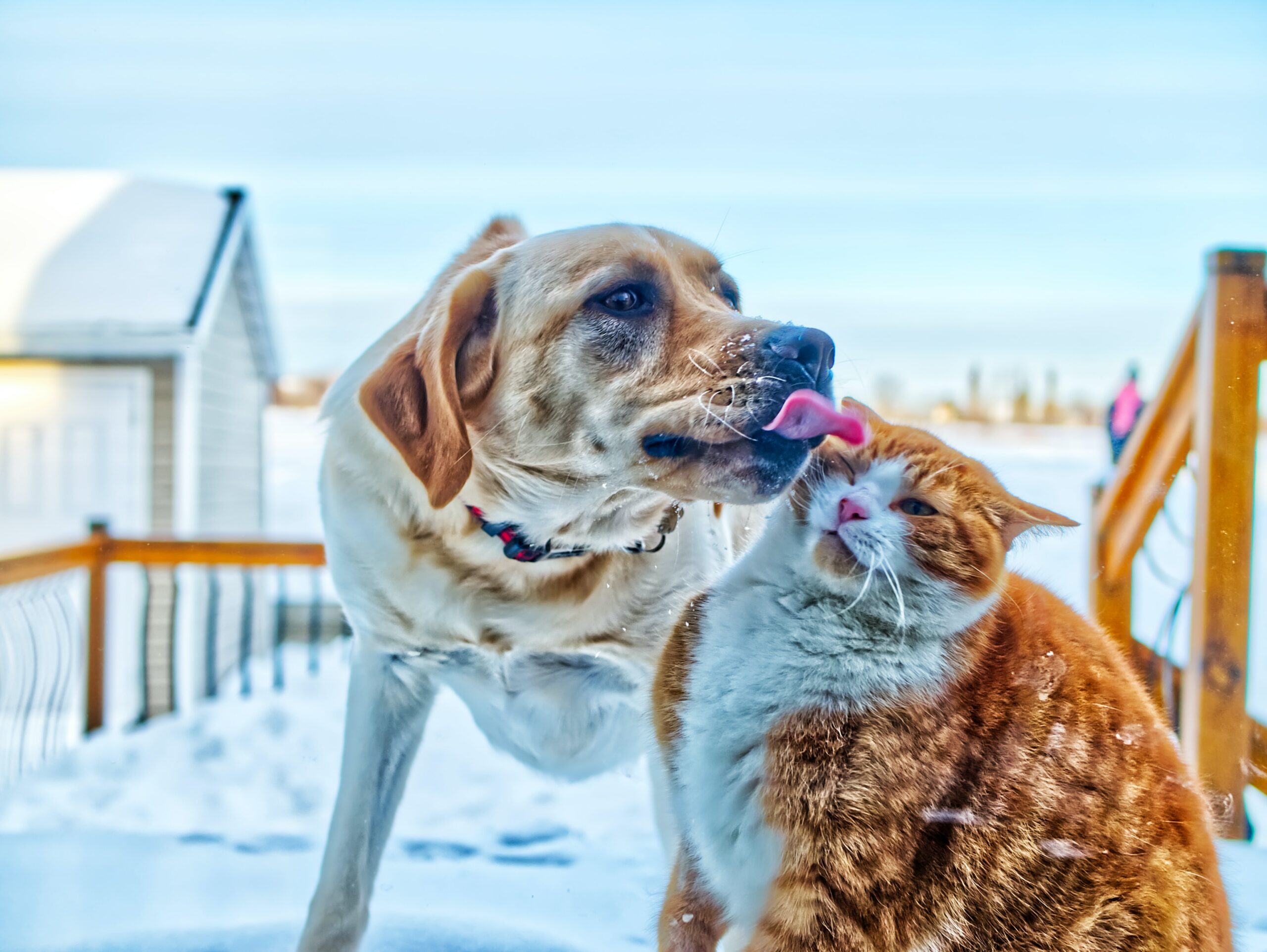
09 Nov Treating Dental Pain in Pets Under Anesthesia
Our pets are amazing at hiding pain, especially dental pain. Pain is a sign of weakness in the wild, so they push through and do what they must to survive. Even though masking pain is not necessary for our companion animals, they do so instinctually, continuing to eat and act normally, all the while multiple teeth can be diseased and/or infected. So how do we treat dog and cat dental pain at Animal Dental Care and Oral Surgery?
Why is Long Term Pain a Concern?
Pets that have been experiencing pain for months or even years, due to abscesses, loose teeth, or stomatitis, and can be described as having the wind-up phenomenon. With this phenomenon, the nervous system keeps firing signals that tell the pet that something is still painful, such as an abscessed tooth, even the source of the pain has been treated and relieved.. Pets experiencing this can be overly reactive while awake and while under anesthesia. It is vital to control this effectively and immediately. The inhalant that is used to keep the pet sleeping does not provide any pain control, so we must be proactive with other pain relief medications before, during and after the procedure. This not only creates a better patient experience; it can make anesthesia smoother, and recovery easier for our pets.
How Do We Care for Wind-up Phenomenon?
Animal Dental Care and Oral Surgery begins by obtaining a thorough history and physical examination. An anesthetic plan is tailored specifically to each patient depending on their level of discomfort determined during the awake oral exam. A premedication injection is given to help with pain and sedation and for IV catheter placement. The pet is placed under anesthesia so diagnostics, in the form of X-rays and/or Cone Beam Computed Tomography and a comprehensive oral exam can be performed. We can then use that information to prepare for oral surgery.
Pain control begins at the site of surgery with the use of local anesthetics. Local nerve blocks can provide pain control for 8-12 hours (patient dependent). In addition to local anesthesia, we provide continuous intravenous medication infusions that specifically target pets experiencing wind-up. Combining the use of medications prior to surgery, local nerve blocks and continuous infusions, this allows us to administer lower doses of gas anesthesia for the duration of the procedure.
What Happens after Surgery is Finished?
When oral surgery is performed, which may include extractions, fracture repair or a biopsy, we can continue the infusions used during surgery, postoperatively, until they are discharged from our care. Your pet is monitored during recovery to ensure their pain is adequately controlled. Heart rate, respiration rate and temperature are closely monitored while in as well.
Intravenous medication can be adjusted accordingly based on each pet’s individual comfort level. The doctor will choose appropriate medications for the pet owner to administer at home. Most of these medications can be mixed into the pet’s food or made into a liquid to drizzle into a cheek pouch.
Generally, oral discomfort is most intense the first few days following surgery and we find most dogs and cats are more energetic and acting like puppies and kittens again within 5-7 days after their visit with us!
If you believe your pet may be experiencing oral pain, please reach out to us at Animal Dental Care and Oral Surgery at (719)536-9949 to schedule a consultation at one of our locations in Colorado Springs, Castle Pines or Loveland.
Photo by Yan Laurichesse on Unsplash (11/9/2020)

